When poverty and dignity coexist in one place
Perhaps one of the biggest myths about Brazil are football, caipirinhas, the party…. and Favelas.
A country where cultural diversity is one of the main characteristics can be very impressive to anyone who has grown up in a country where so many different people interacting and so many cultural expressions (like my case) is not an ordinary thing. To me was always very interesting and generated curiosity to know in Brazil and in almost all South American countries, it is the cultural and economic differences what makes an important part of culture.
On this side of the world is common to find thaat wealth is concentrated in 2% of the population and great majority live in poverty. Poverty lived with great dignity and awesome joy for those who come from richer countries its hard sometimes to understand how those with very little are able to invite you to dinner at home whatever there is at the table, because for many the motto “where two can eat, four will too”.
The issue of poverty sometimes also involves social segregation and violence. Many people knows about it in Brazil and all over the world there are slums that adopt a local name “Favela”, but people who lives there like to call it “Comunidad” (community). In Brazil it has been always seen the favelas as a dark place and not too visited.
In Rio de Janeiro there are currently 1341 Favelas, of which only 41 are pacified, ie with police intervention. There are 257 in the process of pacification and are nearly 3 million people who live in one of them.
On my visit to Rio de Janeiro, I was invited by Thiago, a resident of the Favela Santa Marta to visit the place. The project created in 2012 by Thiago offers tours for Brazilian and foreigners and also carries cultural projects in other favelas in the city.
I must admit that I always felt curious to see firsthand how would be life inside a Favela but felt a bit complicated with the idea that visiting one could be a way of contributing to a process of gentrification or as many call the “pornography of poverty ” this exposure to the reality of those who live there.
Many of those who participated in the tour did not know exactly what to expect or what we would see in our visit to the first pacified Favela in Rio de Janeiro. We met at the gas station near Dona Marta Hill in the southern area of neighborhood of Botafogo, in which the houses that builted this community are installed, the tour started also at the scheduled time and very friendly and easy going.
How the community of Santa Marta Favela Started
To reach the highest point of Morro Dona Marta and avoid the 788 steps leading to the highest houses, there is an elevator that was built after the pacification of the Favela in 2008 and was part of the improvement works to improve the quality of life of its inhabitants, part of the ‘Plano Inclinado Santa Marta’ project which also included the construction of sports fields, drainage and other improvements.
The elevator is free and runs from 5am to 23:45 and has 2 steps. It has two separate compartments, one for carrying cargo and another with a maximum capacity of 20 passengers, that everybody respects and patiently wait for their turn.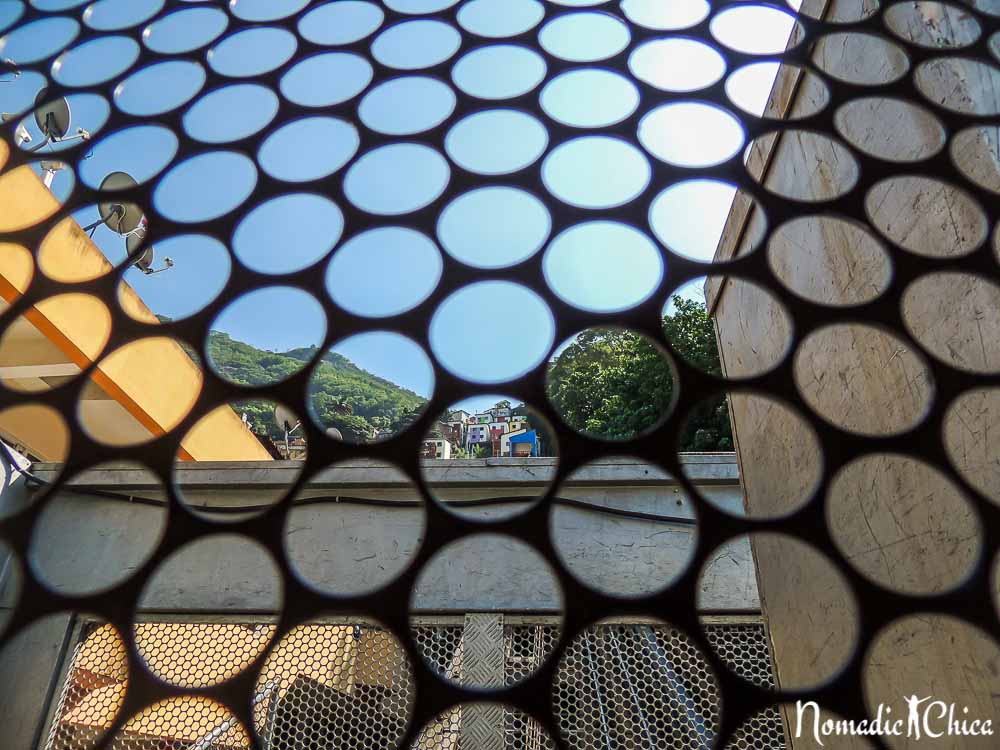
Favela Santa Marta began as a community around 1940, when a Jesuit priest named Father Nantuzzi continued with the construction of a chapel called Santa Marta on top of Morro Dona Marta. It was just after a major crisis in Brazil many workers moved to the city to find work and that’s how, thanks to this priest many were settled around the church while collaborating with the construction of the University of Botafogo or the chapel. Despite attempts to eradicate the establishment of new families Favela Santa Marta continued to grow.
Currently 650,000 people live in Favelas, or as their residents prefer to call: Communities. In Santa Marta live about 1700 families in 650 houses, with an average of 4 persons per family and is the oldest community in the province.
The Santa Marta community is currently a very quiet and its inhabitants are very cheerful and friendly (as many Brazilians). Many who live here say they have chosen to live in this place and express their love for the place, as we walk heard a lady scream ‘I so love living here and I’ll just go when I die! “.
I had my doubts as to make a walking tour this place, because it basically means dive in a place where poor people live, with very simple constructions and thought we might be bad received by them, I mean we will be walking the streets carrying a camera for example. I really liked that Thiago in his introduction indicated that it is not very respectful to take pictures of people if they do not approve, and other details that make this a very respectful and dignified tour for who lives in Santa Marta community, since it exposes a reality that probably as a tourist you’re not immersed every day.
Older residents of the community are in the highest areas, as it grew into the lower sectors. Simple construction materials that combine wood and brass, surrounded by small corridors and stairways that connect one house with others located in the hills with a spectacular view of the lower areas of the city and the Corcovado and Christ the Redeemer located at its peak.
Inside the Santa Marta community they have been developing various businesses and you can find everything from hairdressers, small shops and evangelical churches. There are shops made as participating cooperatives of artists and artisans selling their creations to tourists who visit that are made by those who live there and the resources generated in these sales go to help the community and thus promote Responsible Tourism.
Favela Santa Marta became famous when on 11 February 1996, the same Michael Jackson visited this place and in which Spike Lee made recordings video clip for the song “They don’t care about us” for two days , there is a home – business in the video passing all day if you do not remember the song. Several have shared with the idol and he shared with them very closely and amicably.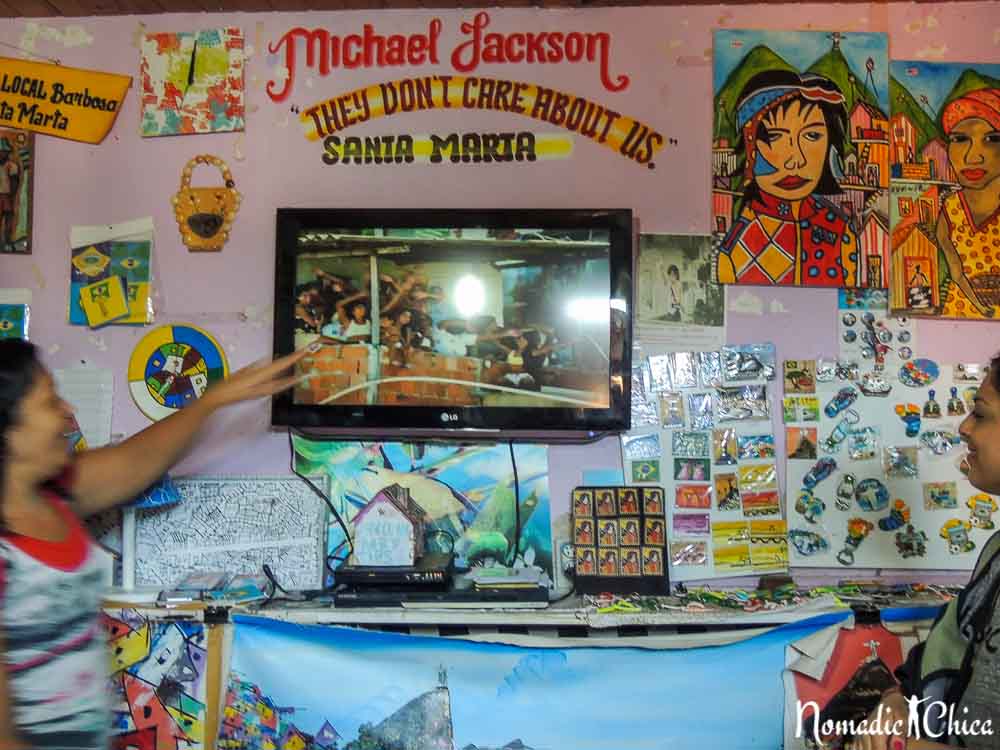
Some argue that the visit of the artist forced in some way the Government to look at this Favela and why it was there that began the pacification process and building improvements in facilities to its residents. Is consequently that possibly the pacification worked here better than in other Favelas of Rio de Janeiro city. There are now three units of the UPP ( Pacifying Police Unit ) whose representatives could see at various points in our journey .
This community has not only dressed with music and in 2010 in the lower area around the square Cantao an artistic intervention that became the public face of this place had created a mural of 7000 square meters through 34 are created houses. This project led by Haas & Hahn, who are part of the Dutch foundation ” Firming Foundation ” became a tourist and artistic landmark of the city of Rio de Janeiro.
Today, the residents of the Santa Marta community include different kind of professionals, it is estimated that 95% of those who live there have some form of paid work and there are people who have studied Master and PhD degrees, which may well live in another part of the city but prefer to stay here to share with their families and contributing to the community.
The visit to the Favela Santa Marta reminded me and showed that poverty is not always a sign of crime and danger. The mere fact of living in an environment without many material goods does not make people less valuable and consider it a valuable experience for anyone who wants to learn more about Brazilian culture and actually see a little beyond the most visited tourist sites and interact with the community in an honest and genuine way.
To arrange a guided tour you can contact Thiago here, perhaps also you have the same luck than us and he will invite you to take a caipirinha at home!

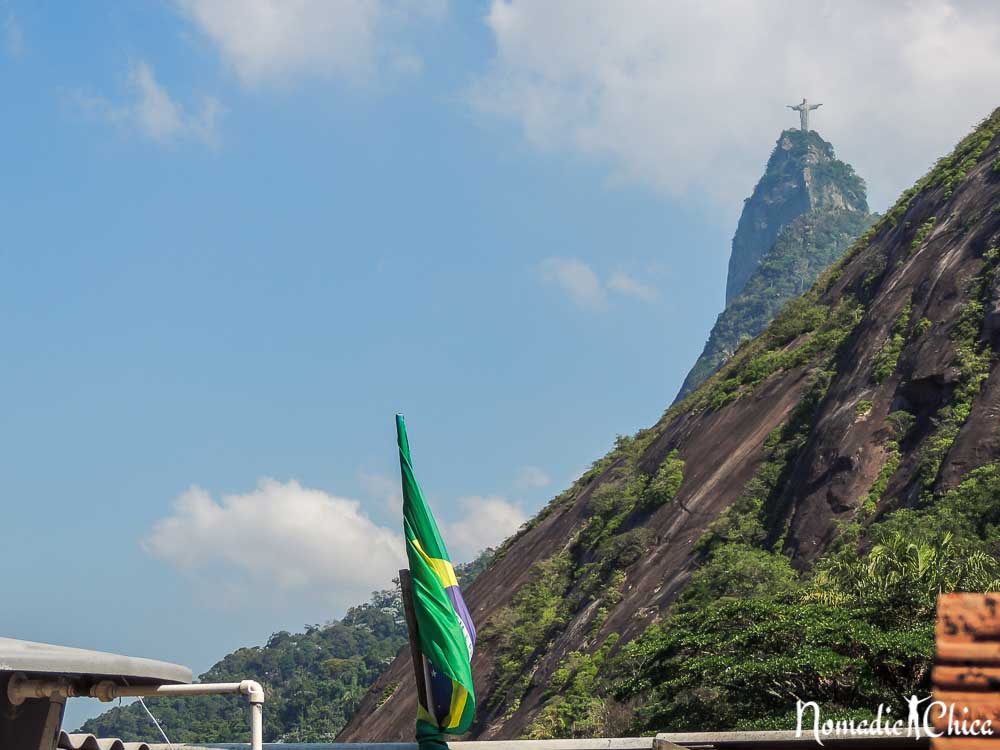
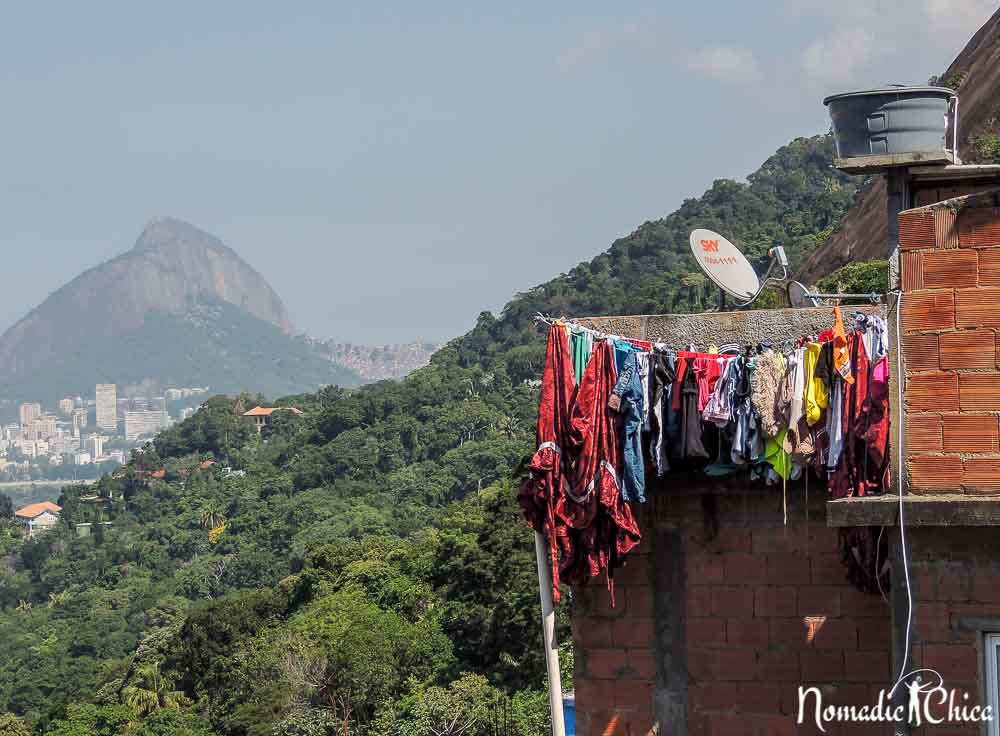
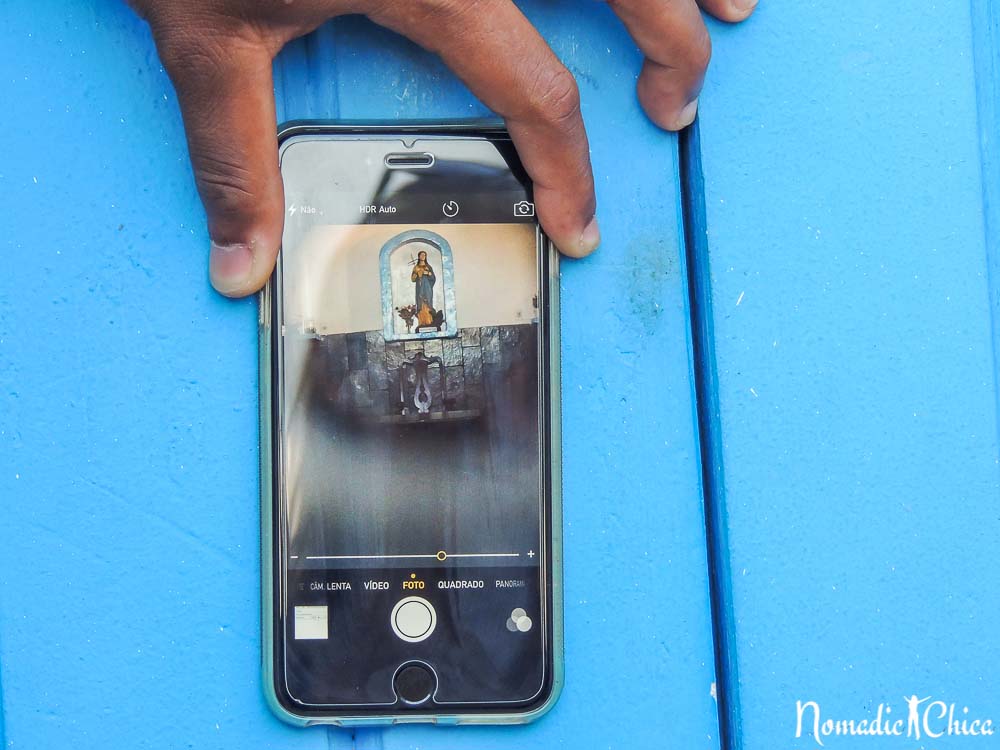
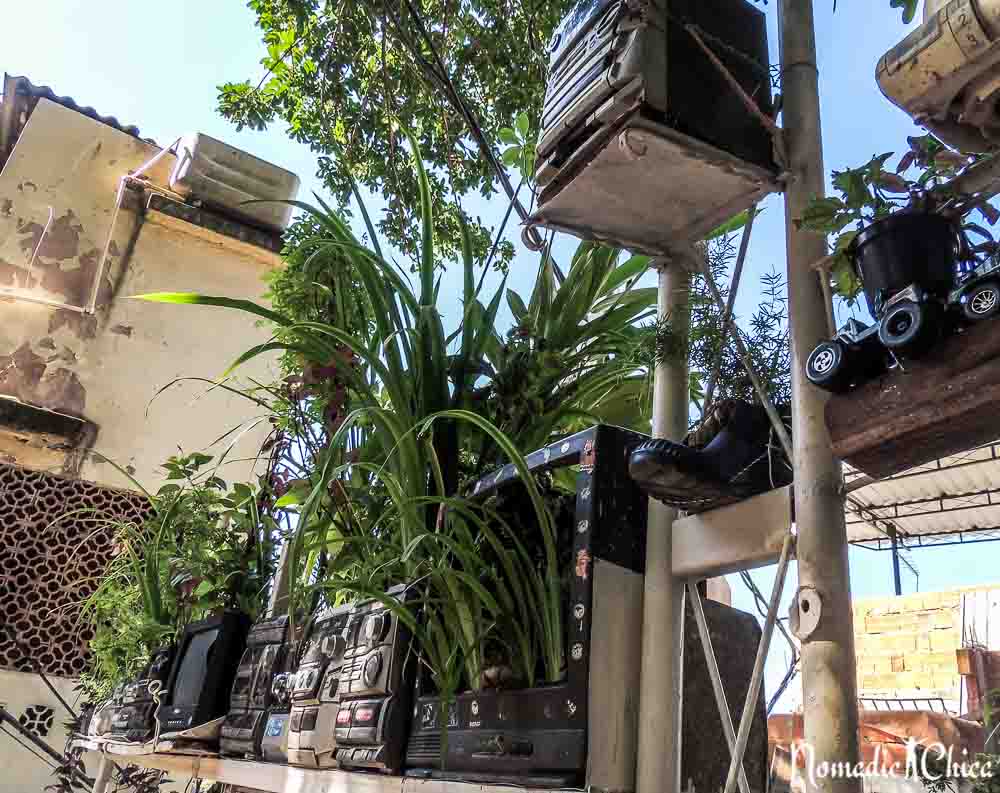
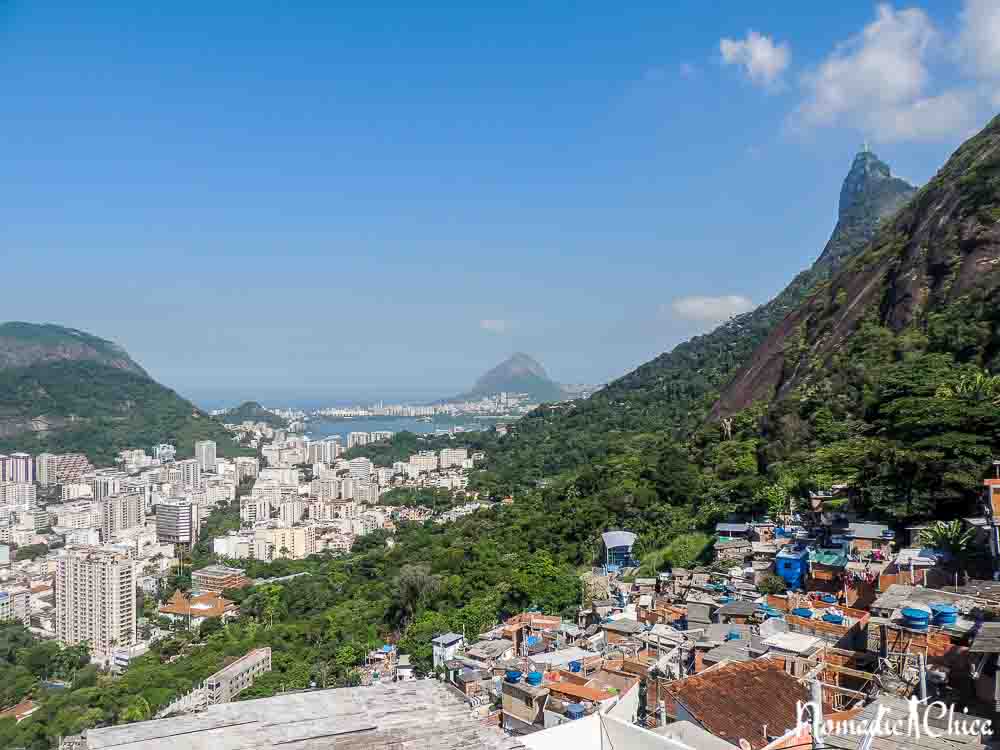
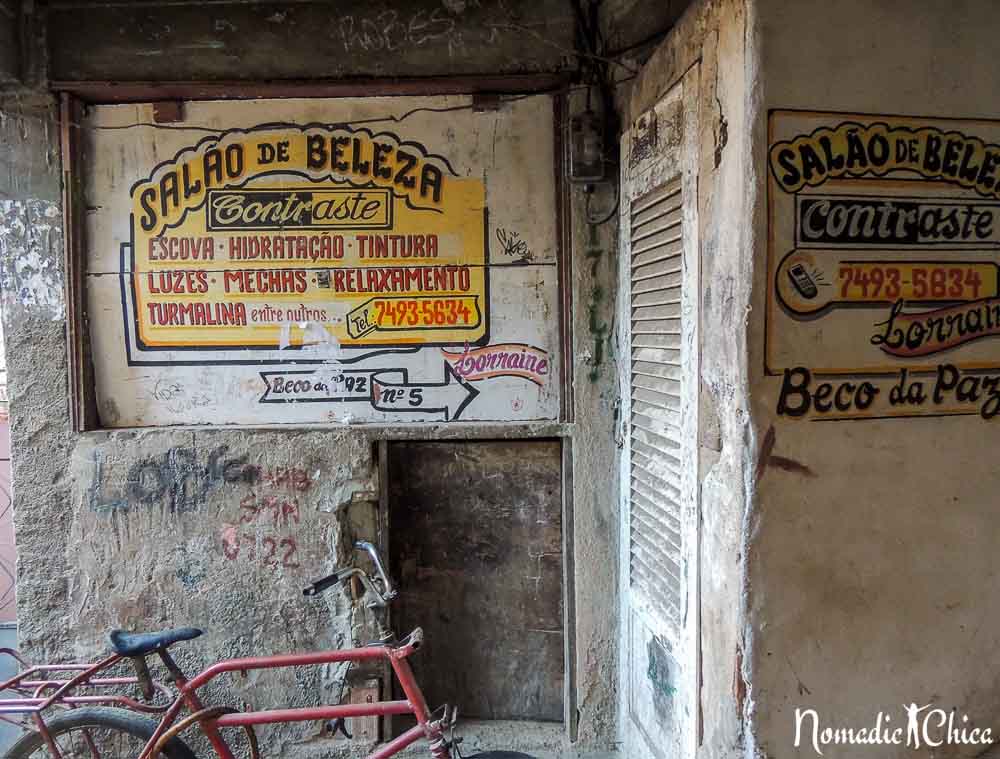
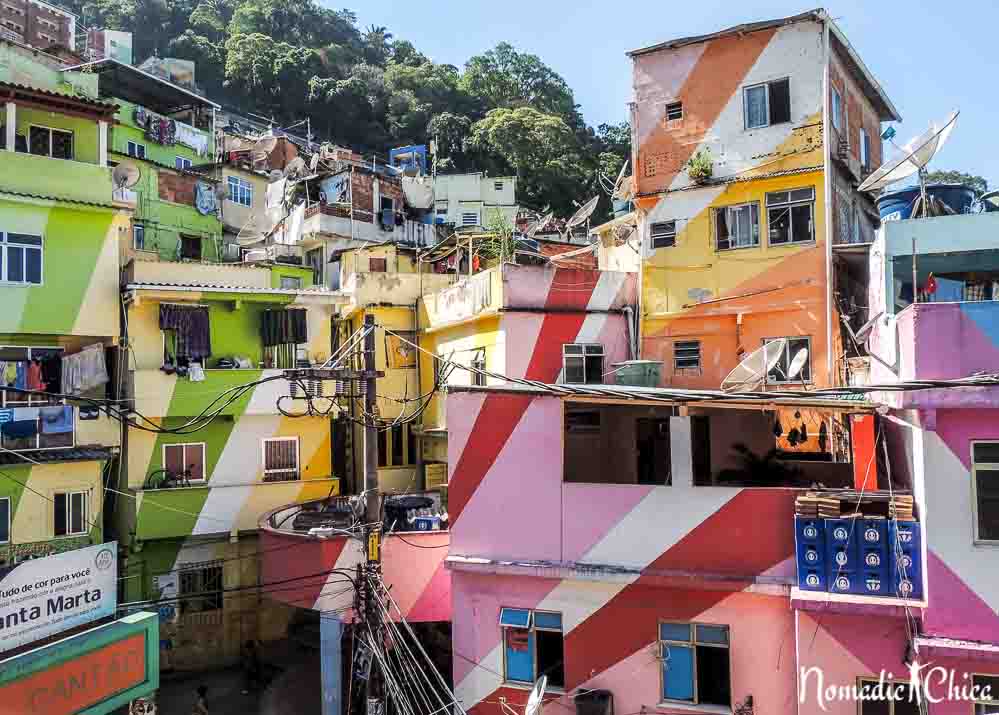
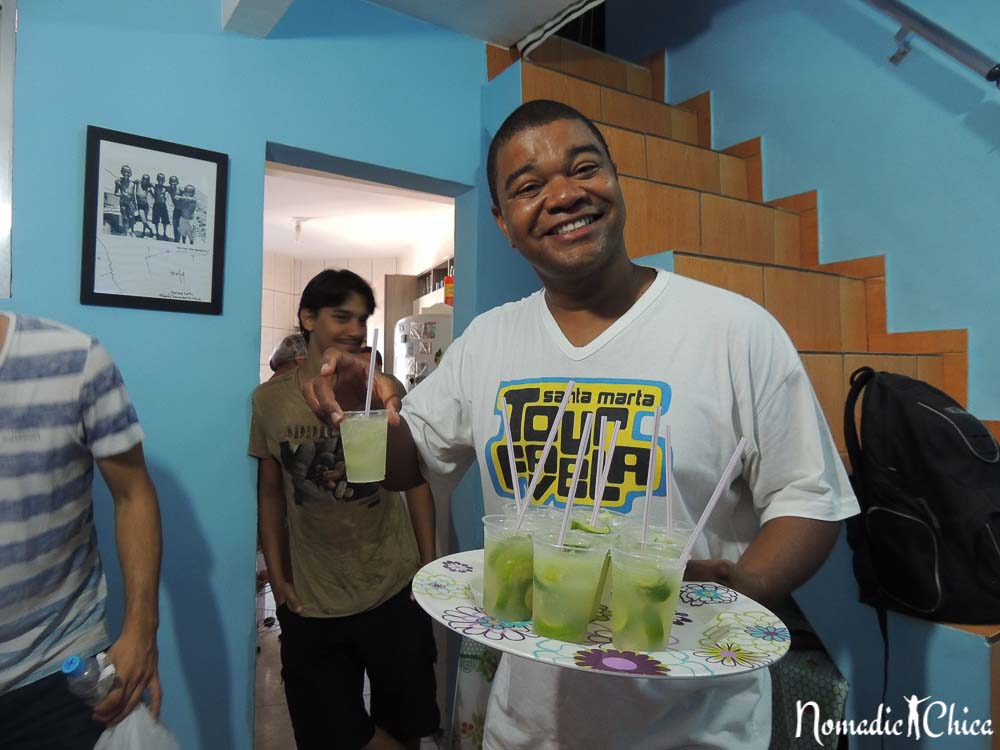
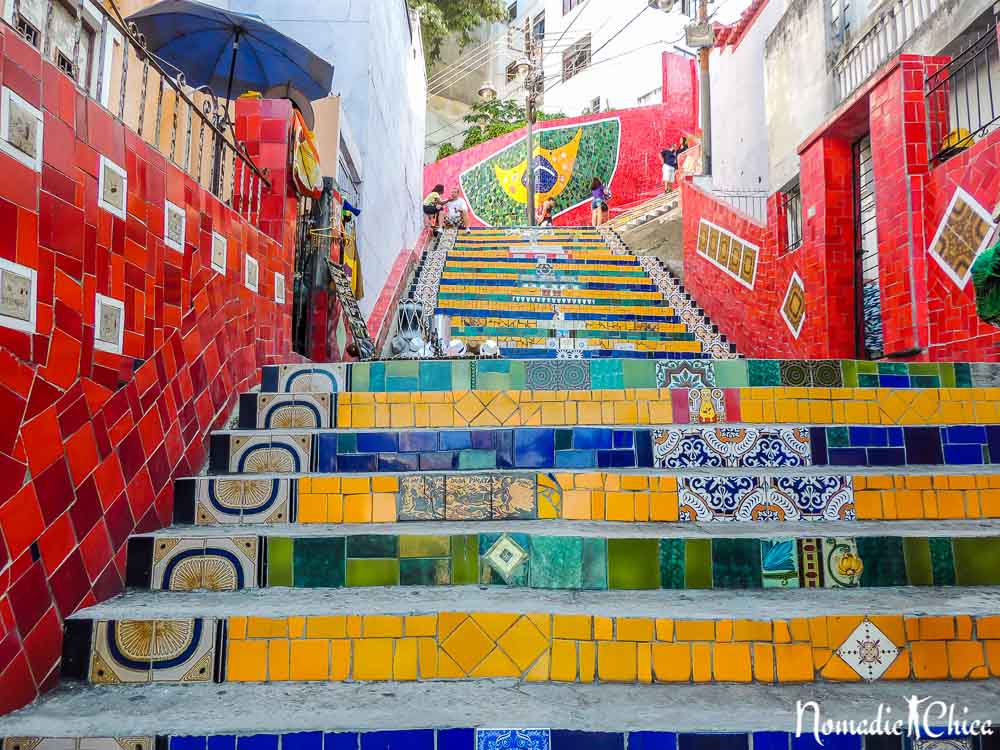














Hi Gloria! Just wandering if you can recommend any place to stay in Rio for about 1 or 2 weeks? I mean, not an exact place, but the best areas… Santa Teresa? Copacabana? The goal is to do some tourist and also experiencing local life a little bit. Thanks a lot!!
Hi Ana! In Rio I really like both areas, they are very different. Santa Teresa is cool and very close to Lapa which I loved, but far from the sea (not hard to get there anyway) Copacabana has an inevitable charm but you will go there anyway anywhere you stay in the city. Hope you can enjoy the city!!!